Late-night scrolling, late-evening emails or just catching up on your favorite shows can leave your eyes feeling gritty, strained and unable to relax when you finally set your device down. Modern smartphones, tablets and computers all offer “Night Mode,” “Dark Theme” and built-in blue light filters, but most users never customize these settings to their full potential. By applying a handful of practical life hacks—ranging from automated schedules to contrast tweaks and glare reduction—you can dramatically reduce eye fatigue, improve sleep quality and enjoy longer, more comfortable screen sessions after sundown.
Automate Your Night Mode Schedule
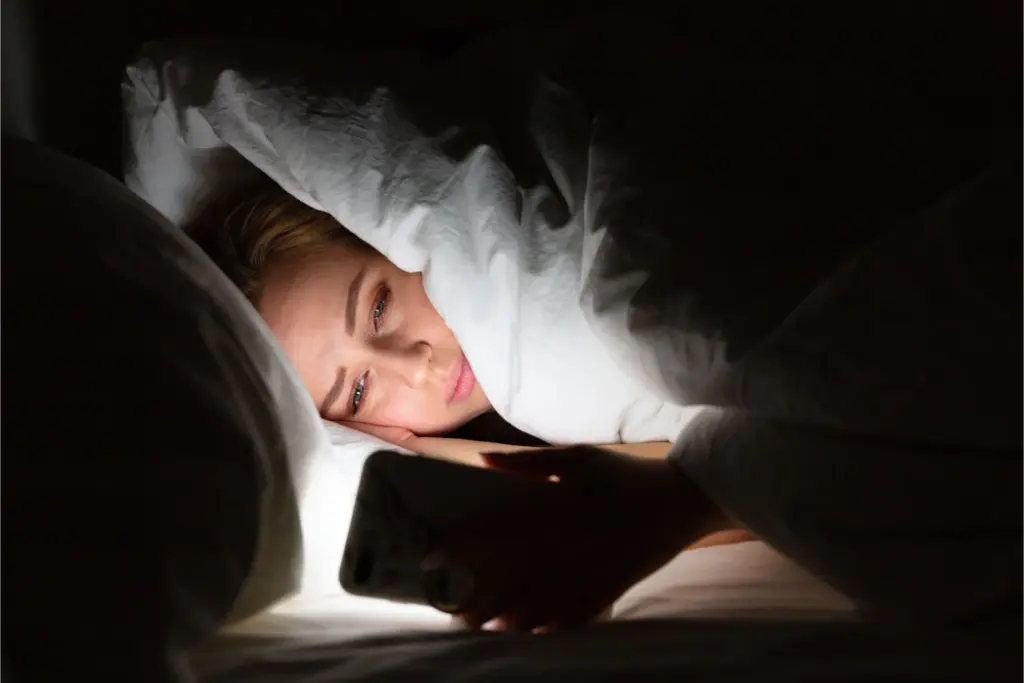
Manually turning on Night Mode each evening is easy to forget, so the first life hack is to let your device handle it. On iPhones and iPads, navigate to Settings → Display & Brightness → Night Shift and schedule it from sunset to sunrise. Android phones typically offer a “Blue Light Filter” or “Night Light” in Display settings, where you can set custom times or link activation to local sunset and sunrise. For macOS users, open System Preferences → Displays → Night Shift and set a schedule, while Windows 10 and 11 offer Night Light under Settings → System → Display. Automating the switch ensures that the warmer color temperature and reduced blue light intensity kick in exactly when you need them, preventing the hormonal disruption that can delay melatonin release and keep you awake long after you put down your device.
Fine-Tune Blue Light and Color Temperature
Not all Night Modes are created equal. The default strength of a blue light filter may be too subtle for some users or overly yellow for others. A second life hack is to adjust the color temperature slider to the warmest comfortable tone. If your device lets you choose a percentage strength—say 30 to 100 percent—start at around 60 percent and bump it up or down in 10 percent increments over several evenings. Pay attention to how quickly your eyes relax and how soon you feel sleepy after looking away. For devices without built-in sliders, consider free software like f.lux on Windows and macOS, which offers granular control over color temperature throughout the night. Finding your personal sweet spot means you’ll still see enough detail to read or work, while your retina absorbs far less blue light, reducing phototoxic stress.
Embrace Dark Themes and In-App Settings
Beyond system-wide Night Mode, many apps still employ bright backgrounds. A third life hack is to switch every app you use nightly to its own “dark theme” or “reader mode.” Major browsers such as Chrome and Firefox offer built-in dark themes plus extensions that invert web colors intelligently. E-readers like Kindle or Apple Books provide sepia or gray backgrounds that mimic paper. Even social media apps—from Twitter to Instagram—let you choose a dim interface. By combining system Night Mode with app-specific dark themes, you prevent jarring transitions between windows and stop your brain from being jarred by sudden bright frames, which is a common cause of eye fatigue. Consistent low-contrast visuals across all open windows make your evening scrolling far gentler on your eyes.
Reduce Glare with Hardware Adjustments
Software tweaks can only go so far when ambient glare washes out your screen. A fourth life hack is to physically minimize reflections. Investing in a matte-finish screen protector is a simple low-cost solution. These protectors scatter incoming light rather than reflecting it directly back into your eyes, cutting glare in bright rooms or under overhead lights. For laptops, position your screen at a slight downward tilt so that overhead bulbs don’t bounce off the display directly. If you use a desk lamp, angle it off to the side and use a warm-white or amber LED bulb rather than harsh cool-white lighting. By controlling both software and real-world light sources, you reduce the need to jack up brightness—a common but counterproductive response to glare—and keep your eyes from working overtime to focus.
Incorporate Breaks and Eye Exercises
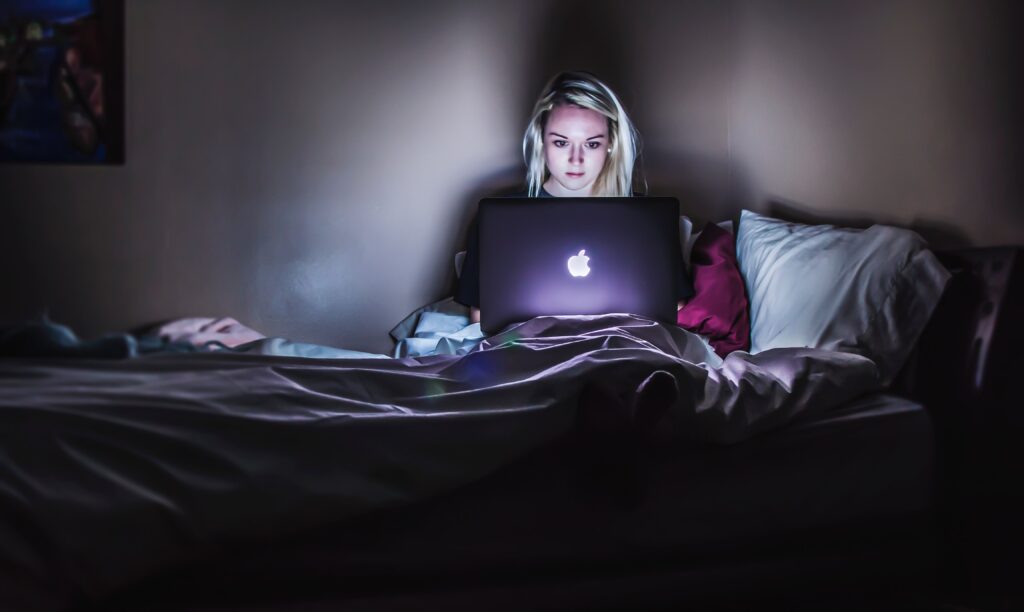
No matter how well you optimize Night Mode, prolonged focus on any screen will eventually tire your eyes. The final life hack is to build micro-breaks into your screen routine. The 20-20-20 rule advises that every 20 minutes you look at an object 20 feet away for at least 20 seconds. Many smartphones allow you to set custom timers or reminders to enforce this habit. Additionally, simple eye exercises—like gently rolling your eyes in circles or focusing alternately on near and far objects—can maintain lens flexibility and blood flow. Pair these breaks with a quick stand, stretch or shoulder roll to promote whole-body circulation. Consistently practicing micro-breaks not only prevents digital eye strain but also improves posture and circulation, leaving you feeling refreshed rather than drained after extended evening sessions.


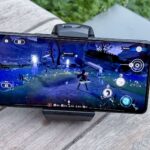
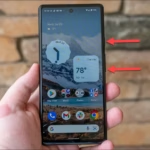
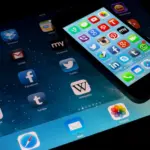
Leave a Reply